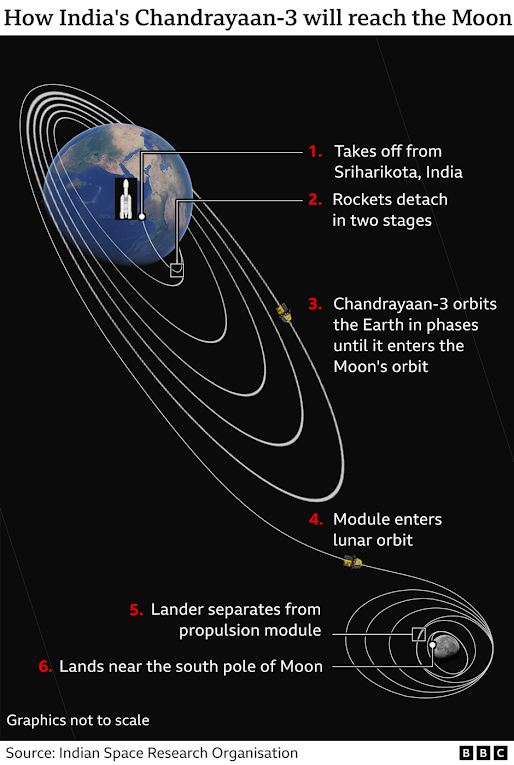Gender Inequality: What really needs to change?
Introduction:
Gender inequality is the social process by which men and
women are not treated equally. The
treatment may arise from distinctions regarding biology, psychology, or
cultural norms prevalent in society. Despite progress being made toward achieving equal rights;
women and girls all over the world continue to experience inequality, discrimination, and harassment and face significant barriers to achieving their full
potential. The daily experience of gender inequality ranges from undermining
portrayals of women in the media and underrepresentation of women in positions
of power, to direct discrimination and breaches of their human rights. Social
expectations and assumptions about the abilities, roles, and opportunities that
should be afforded on the basis of gender continue to define the life chances
of women today.
History:
When people try to understand why women and men are
unequal today, they usually find they must contend with the question of gender
inequality's origins in the dim corridors of prehistory. The reason is not hard
to find. Eventually, every explanation offered for gender inequality prompts the
rejoinder, "But hasn't it always been like this?" Like it or not,
this is a serious question that we cannot avoid.
Gender inequality arose in the primitive societies that are the
ancestors of all modern societies as a result of social processes dependent on
biological differences. Gender was central to India's
experience of colonialism. The heightened significance of gender was
nowhere more striking than over the years of Partition when violence against
women on either side underscored their roles as symbols of community, class, and
state.
Causes:
The root cause of
gender inequality is the role and
place which society assigns to women. Throughout countries in the Middle
East and North Africa, labor market participation rates for women are among the
lowest in the world, whereas access to primary and secondary education is
almost the same for boys and girls. The most important causes of gender disparity such as poverty,
illiteracy, unemployment, social customs, belief, and anti-female attitude
Current issues for women :
- Sexual assault.
- Sex discrimination in
employment.
- Occupational
segregation by gender.
- Pay gap.
- Gender inequality in
elementary and middle schools.
- Gender differences in
degree choices.
- Gender inequality in
graduate school expectations.
- Gender inequality in
representation at elite institutions.
Effect:
Across India, gender inequality results in
unequal opportunities, and while it impacts the lives of both
genders, statistically it is girls that are the most disadvantaged. Girls
are also more likely to drop out of school. In India girls and boys experience
adolescence differently.
Gender inequity has serious and long-lasting
consequences for women and other marginalized genders. Exposure to violence, objectification,
discrimination and socioeconomic inequality can lead to anxiety,
depression, low self-esteem, and PTSD.
Gender discrimination is a
source of stress, and like any other stressor, it can directly affect mental
health. Gender discrimination has direct and indirect effects on physical
health, it includes Illness, Less healthy living conditions, Injury, and death
Examples of gender discrimination
Gender discrimination can take place in person-to-person
interactions, as well as at an institutional or state level. It can occur:
- In the workplace: Deciding not to hire or promote someone, treating
employees differently, or paying them less based on their gender are all
examples of workplace discrimination. Peers can participate by excluding
women colleagues from important meetings, for example.
- In schools: Preventing or discouraging girls and young women
from participating in traditionally male-dominated fields, such as
science, math, and sports, is an example of gender discrimination. Schools
may also enforce gendered dress codes, punish those who do not conform to
gender norms, or fail to punish bad behavior on the basis that “Boys will
be boys.”
- In relationships: People who prevent their partners from doing
things on the basis of their gender are also acting in a discriminatory
way. This might include stopping women from working, managing their money,
and driving, for example.
- In public: Sexual harassment and catcalling are unwanted,
and they are forms of discrimination. These behaviors can make people feel
unsafe, and they can restrict how
people use public spaces. This limits a person’s freedom.
- In institutions: Organizations, governments, and legal and
healthcare systems can enact policies that discriminate against certain
genders, either intentionally or unintentionally. Examples include laws
that allow gender-based violence to thrive, that punish people for
expressing their gender, or that disadvantage certain groups financially.
Solutions
- Give women platforms
to be in power and achieve economic success.
- End violence and sexual
assault against women.
- End child marriage.
- The government should support training and employment programs for women (step) to ensure sustainable employment and income generation for marginalized and asset- less rural and urban poor women across the country.
- Recognize the important role played by women as custodians of biodiversity and communities’ well-being
- Support equal access to land, agricultural inputs, financial services, and education for women to build a more sustainable future for themselves, their family and the community
Nowadays a lot of gender inequality has been overcome. There are many groups of people in society both men and women who
believe in inequality.
Amruta Gawali TY ELETRICAL
https://www.povertyactionlab.org/blog/8-23-21/gender-inequality-what-really-needs-change
NOTE :-
This blog is meant for Educational Purpose only .We do not own any Copyrights related to images and information , all the rights goes to their respective owners . The sole purpose of this blog is to Educate, Inspire, Empower and to create awareness in the viewers. The usage is non-commercial(Not For Profit) and we do not make any money from it.




Comments
Post a Comment